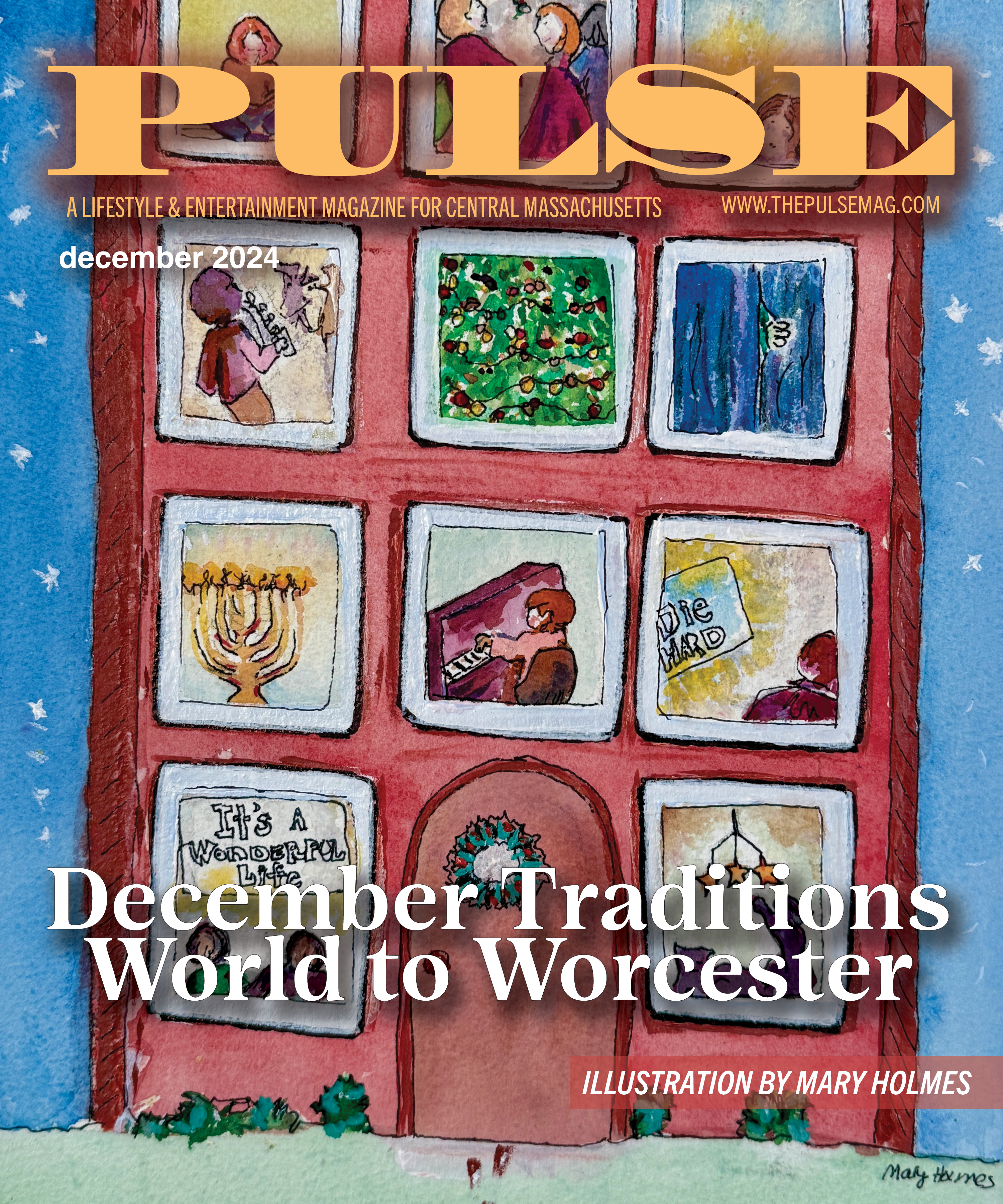One Volunteer Talks about What It’s Really Like
By Leeanne Griffin

For many, it was no surprise when Manuela Rayner entered the Peace Corps after graduating from college. The adventurous spirit was in her blood.
Her parents met while traveling through South America and the family lived in rural Mexico for a short time when Manuela was younger. These early experiences sparked her desire to explore the world around her.
Rayner, now 26 and finishing her Master’s Degree in Geographic Information Sciences for Development and Environment at Clark University, applied for her Peace Corps slot during her senior year at James Madison University in Virginia. She prepared to leave for El Salvador in September 2001, but the events of 9/11 pushed her departure back one month.
“At that point, I felt like I’d be safer outside of the U.S. than if I’d stayed,” she said. “And [the Peace Corps] was something I knew I really wanted to do.”
When she arrived in Latin America, she underwent three months of training before she was placed in her community project. She stayed with a local family and immersed herself in the experience.
“Though it could be frustrating at times, trying to learn Spanish, I really fell in love with the culture,” she said. “Everything was new, different and amazing every day.”
Rayner’s sentiments have been shared by thousands of Peace Corps graduates since the program’s inception in 1961. The Peace Corps explains its mission as “…to help the people of interested countries in meeting their need for trained men and women, to help promote a better understanding of Americans on the part of the peoples served and to help promote a better understanding of other peoples on the part of Americans.”
More than 182,000 volunteers and trainees have gone through the program, serving 138 countries and undertaking projects in vital areas like education, health care, business development and agriculture.
Rayner’s project was both agricultural and educational in nature.Because El Salvador was heavily deforested, she explained, she worked with local farmers on completing two major nursery projects. They planted more than 12,000 trees by the time her volunteer service ended in 2003. She also worked with local schools, hosting educational camps to teach students the importance of caring for their environment.
Most of her waking hours were spent hard at work making an impact upon her community, but Rayner still made time for fun. She played on several women’s soccer teams alongside the locals.
“This was a good way to meet people, for them to see that I was just like them,” she said. “The Salvadorians are such sweet, good-natured people, considering their country has been through so much.”
Though she was away from family and friends for two years, Rayner said the lengthy service period was well worth it.
“In your first year, the locals are still trying to learn about you and figure out why you’re there,” she said. “In the second year, you’re much more confident in what you’re doing, where you’re living. Then you start to see results with your projects.”
For those considering the Peace Corps experience, Rayner advises them to “…go into it for all the right reasons” and to keep an open mind through daunting cultural differences.
“The Peace Corps taught me so much about myself,” Rayner said. “I learned there isn’t anything I can’t do, any place I can’t live. I’m a much more confident person today.”





